
Here’s What Mortification Of The Flesh Really Entails
Since the beginning of their faith, Christians have had to deal with two realities: (1) sin is bad, and (2) sin also tends to be kind of fun. Even St. Paul acknowledged as much in his letter to the Romans, writing, “For I do not understand my own actions. For I do not do what I want, but I do the very thing I hate.”
Which — yeah, it really kind of makes sense. If doing bad things wasn’t fun — or “tempting,” if you prefer — presumably, nobody would do them, and the world wouldn’t have any problems. Once you’ve joined the anti-sin team, though, it’s kind of important to start doing your best to avoid sin. Fortunately, there’s an ancient secret to doing exactly that, and its name is almost as badass as the practice itself: “the mortification of the flesh.” Let’s take a look at the discipline and its history.
The meaning and purpose of “mortification”
The term actually goes all the way back to the Apostle Paul as well, who writes in Colossians, “Put to death therefore what is earthly in you: sexual immorality, impurity, passion, evil desire, and covetousness, which is idolatry”; in the King James version, “put to death” is rendered “mortify,” which comes from the Latin word for execution. So, yeah, Paul is talking, metaphorically, about the need to execute your own flesh — and from that single verse, over the centuries, an entire complicated discipline of making yourself miserable has sprung up.
The mortification of the flesh can take on many forms, but broadly speaking, it consists of physical disciplines designed to do several things: to show sorrow for sins committed, to train the mind and body to avoid sin in the future, and share physically in the sufferings of Christ. The actual disciplines employed can vary widely, but in his 1921 classic “Reparation to the Sacred Heart,” Jesuit priest Raoul Plus writes that they fall into two main categories: those that use an “instrument,” and those that do not.
Whips and chains, but not in a Rihanna-related context
The latter sorts are the ones that tend to be a bit more familiar to the average layperson: things like fasting, abstaining from sex, rising in the middle of the night to pray, keeping one’s arms extended for long periods, or sleeping on the hard ground (Protestant Reformer Martin Luther was fond of the last one, per Bartleby Research).
The other sort of disciplines — the ones that use an “instrument” — are the ones that can start to look a bit extreme. One of the most common “instruments of discipline” is a hairshirt, which is a shirt made from coarse goat hair, designed to make the wearer uncomfortable and remind him or her of spiritual commitments. Other popular tools include “chain cilices,” which are metal bands with hooks worn around the thigh, and a small whip usually simply called a “discipline,” with which the penitent whips him or herself to simulate the beatings Christ endured before the cross.
Father Plus cautions that none of these disciplines should be undertaken lightly or without the advice of a priest, and should be given up if they become a distraction from repentance instead of a reminder of its importance. The purpose, after all, is to discourage sin — not to permanently harm the body.
198 thoughts on “Here’s What Mortification Of The Flesh Really Entails”
Leave a Reply
You must be logged in to post a comment.

How Dolphins Have Been Used As Weapons In Warfare

The Untold Truth Of The Temple Of Artemis

Norm Macdonald's Tragic Real-Life Story
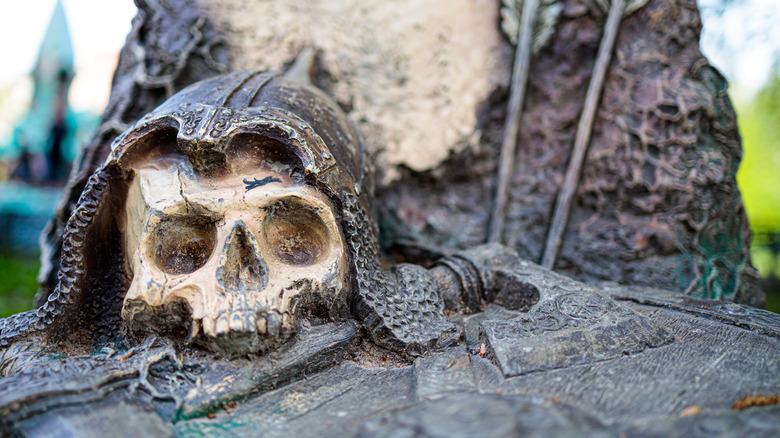
The Mystery Of This Medieval Warrior Burial

Here's How Volcanos Go Extinct

Things Most People Get Wrong About The Bible

Here's How Many Slaves George Washington Actually Owned
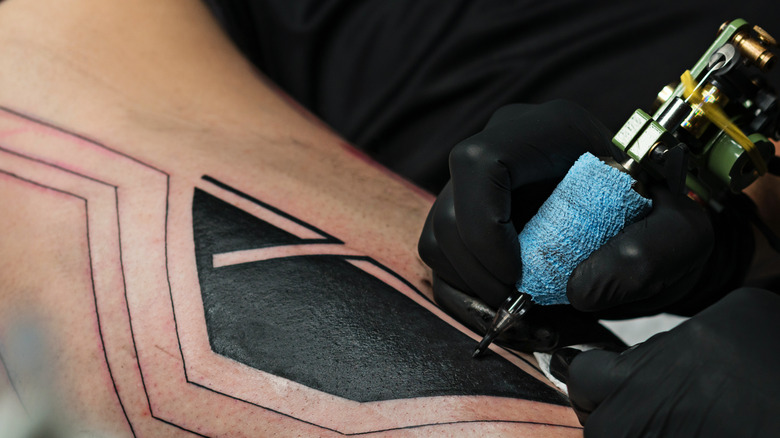
Inside The Amazing Artistry Of 3D Tattoos

The Biggest Threats North Korea Made To The US

Why Kim Deal Really Left The Pixies
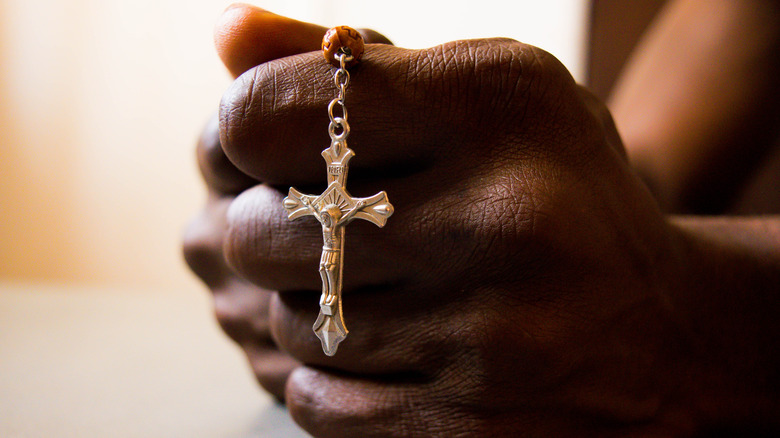
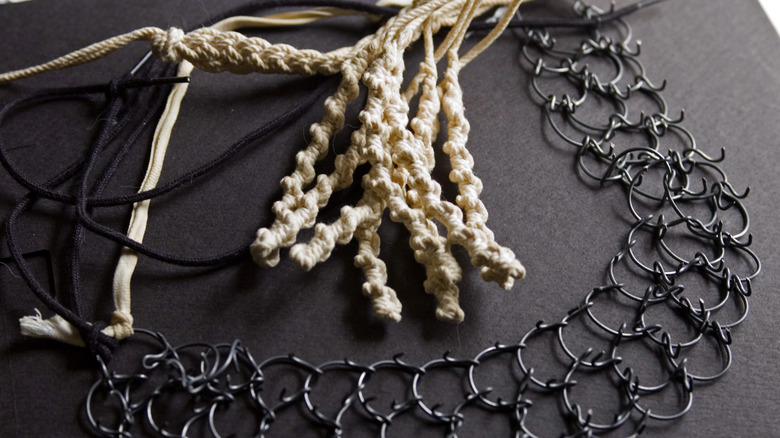



















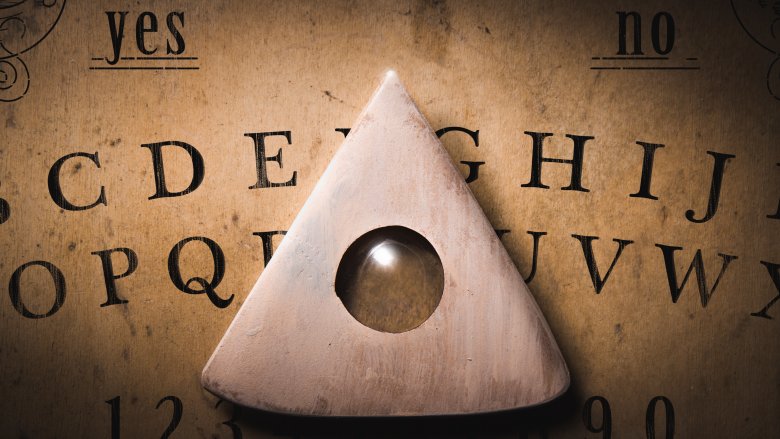





Can you be more specific about the content of your article? After reading it, I still have some doubts. Hope you can help me.
Hey There. I found your blog using msn. This is a very well written article. I will be sure to bookmark it and come back to read more of your useful information. Thanks for the post. I will definitely comeback.
Incredible points. Solid arguments. Keep up the amazing effort.
If you wish for to increase your familiarity simply keep visiting this site and be updated with the most up-to-date gossip posted here.
This post will help the internet people for building up new webpage or even a blog from start to end.
Spot on with this write-up, I honestly believe this site needs much more attention. I’ll probably be back again to read more, thanks for the information!
Hi there! Someone in my Myspace group shared this site with us so I came to take a look. I’m definitely enjoying the information. I’m book-marking and will be tweeting this to my followers! Great blog and amazing style and design.